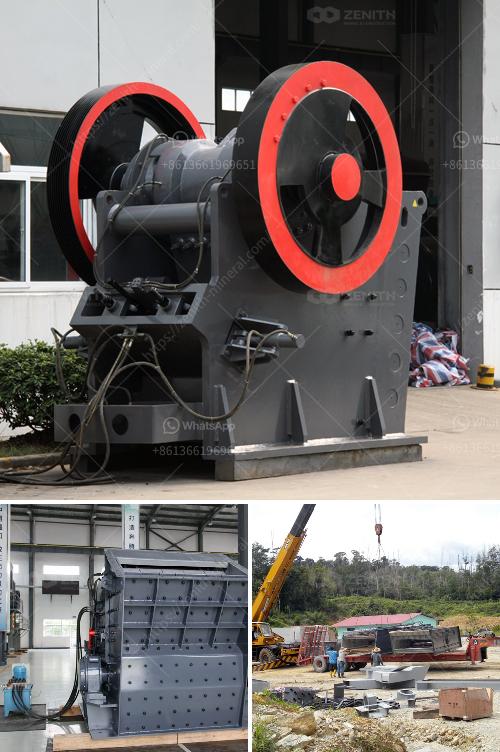Establishing a 50 tons per hour (tph) silica sand processing plant involves several key steps and considerations to ensure efficiency and quality. Here's a general outline of what you might need:
Key Components
-
Raw Material Handling:
- Feed Hopper: To accept and store raw silica sand.
- Conveyor Belts: To transport material through the plant.
-
Screening and Washing:
- Vibrating Screens: To separate sand by size.
- Attrition Scrubbers: To clean grain surfaces.
- Hydrocyclones: For classification.
- Spiral Classifiers: For dewatering and classifying.
-
Crushing and Grinding:
- Jaw Crushers: To reduce raw silica sand size.
- Ball Mills or Rod Mills: For finer grinding if needed.
-
Separation and Classification:
- Magnetic Separators: To remove iron impurities.
- Flotation Cells: If additional purification is necessary.
-
Drying:
- Rotary Dryers: To reduce moisture content of final product.
-
Storage and Packing:
- Storage Silos: For holding processed silica sand.
- Packing Machines: For bagging and dispatching.
Process Flow
- Feeding: Raw silica sand is fed into the plant via the feed hopper.
- Screening: The material is passed through vibrating screens to remove large particles.
- Washing: Screened sand is washed using attrition scrubbers and hydrocyclones to remove clay and other impurities.
- Crushing/Grinding: If required, the sand is then crushed and ground to the desired grain size.
- Classification: Magnetic separation and flotation processes purify the sand further.
- Drying: Processed sand is dried in rotary dryers to achieve the required moisture content.
- Storage/Bagging: Finally, the dry sand is stored in silos and then packed for dispatch.
Considerations
- Environmental Impact: Implement dust control systems and ensure proper waste handling.
- Water Management: Set up a recycling system for process water to minimize consumption.
- Quality Control: Consistently monitor the product for impurities and size distribution.
Cost and Budgeting
- Initial Investment: Cost of machinery, construction, and installation.
- Operational Costs: Labor, maintenance, energy, and water costs.
- Regulation Compliance: Ensure that all local and national regulations are met, including obtaining necessary permits.
Conclusion
A well-designed 50tph silica sand processing plant can ensure high quality, pure silica sand that meets industry specifications, with efficient operational costs and minimal environmental impact. Engaging with experienced engineers and suppliers will help ensure the project is completed successfully.

